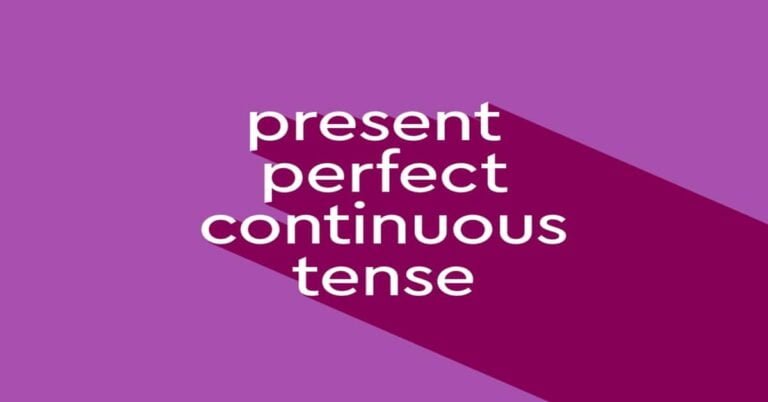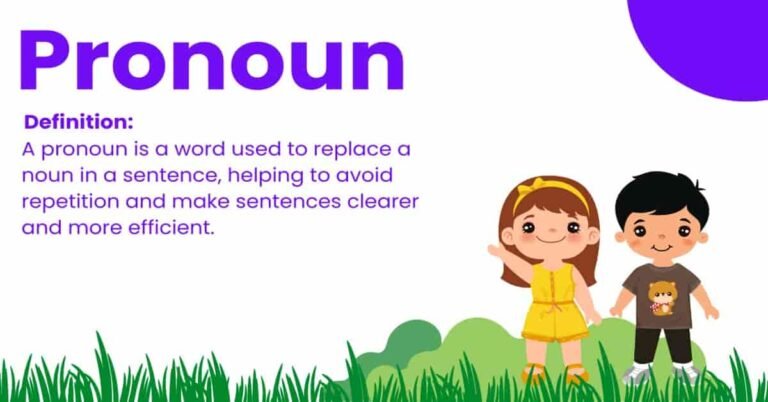Delving Deep into the World of Collective Nouns: A Comprehensive Guide
Collective nouns, those seemingly simple words that denote a group of things, people, or animals, are a fascinating facet of the English language. While their meaning appears straightforward, their grammatical function and usage can often be surprisingly nuanced and sometimes perplexing. This comprehensive guide aims to unravel the complexities of collective nouns, exploring their definition, types, grammatical implications, and best practices for incorporating them effectively into your writing and speech.
What Exactly is a Collective Noun?
At its core, a collective noun is a word that identifies a group of individual members. Instead of referring to a single entity, it represents a plurality of things considered as a single unit. This unit can be composed of people (e.g., team, committee, audience), animals (e.g., flock, herd, swarm), or things (e.g., bunch, stack, collection).
The key characteristic that distinguishes a collective noun from a regular plural noun is its ability to function grammatically as both singular and plural, depending on the context and the intended emphasis. This duality is the source of much confusion and requires careful consideration.
Types of Collective Nouns: A Categorical Breakdown
Collective nouns aren’t monolithic; they come in various shapes and sizes, reflecting the diverse groups they represent. Understanding these categories can further refine your comprehension and usage:
- Generic Collective Nouns: These are the most common type, applicable to a wide range of members. Examples include:
- People: team, family, group, committee, board, crowd, staff, nation, government.
- Animals: group, herd, flock, school, swarm, pack.
- Things: collection, set, series, batch, group.
- Specific Collective Nouns (Nouns of Assemblage): These nouns are specifically designed for certain groups, often animals. They add color and precision to language. Examples include:
- A murder of crows
- A pride of lions
- A school of fish
- A gaggle of geese
- A parliament of owls
- A bloat of hippopotamuses
- A shrewdness of apes
- A pod of dolphins
- A troop of monkeys
These specific collective nouns, sometimes referred to as “terms of venery,” often have intriguing and sometimes obscure historical origins. While less commonly used in everyday conversation, they demonstrate the richness and creativity of the English language.
- Partitive Nouns (Measure Nouns): While not strictly collective nouns in the same way as the previous categories, partitive nouns denote a quantity or a portion of something. They often work with “of” to indicate what the quantity refers to. Examples include:
- A piece of cake
- A loaf of bread
- A bottle of wine
- A cup of coffee
- A grain of sand
- A bar of chocolate
While they don’t represent a group in the same way a team does, they still represent a portion of a larger whole.
The Singular vs. Plural Dilemma: Grammatical Considerations
The most challenging aspect of collective nouns lies in determining whether to treat them as singular or plural. The choice depends primarily on whether you want to emphasize the group as a whole (singular) or the individual members of the group (plural).
- Treating Collective Nouns as Singular: When the collective noun is viewed as a single, unified entity acting in unison, it takes a singular verb and singular pronouns. This emphasizes the cohesion and shared action of the group.
- Example: The team is playing well tonight. It is a force to be reckoned with. (Here, the emphasis is on the team as a single unit performing well.)
- Example: The committee has reached a consensus. It will present its findings tomorrow. (The committee is acting as one entity in reaching and presenting the consensus.)
- Treating Collective Nouns as Plural: When the collective noun is viewed as a collection of individual members acting independently or having differing opinions, it takes a plural verb and plural pronouns. This emphasizes the individuality and potentially diverse actions of the members.
- Example: The team are arguing about the strategy. They cannot agree on a single approach. (Here, the emphasis is on the individual team members’ disagreement.)
- Example: The audience were clapping and cheering enthusiastically. They were clearly enjoying the performance. (The audience members are each individually clapping and cheering.)
Factors Influencing Singular/Plural Choice:
Several factors can influence the decision to treat a collective noun as singular or plural:
- Meaning and Intent: As previously mentioned, the primary driver is the intended emphasis: unity or individuality.
- American vs. British English: While both dialects recognize the singular/plural potential of collective nouns, British English tends to be more flexible in treating them as plural, even when referring to a unified action.
- American English: The government is implementing the new policy. (More common)
- British English: The government are implementing the new policy. (Acceptable and common)
- Proximity of Pronouns: Pay close attention to the pronouns you use in subsequent sentences. If you start by treating the collective noun as singular, maintain that consistency.
- Incorrect: The family is planning a vacation. Their bags are packed. (Mixes singular “is” with plural “their”)
- Correct: The family is planning a vacation. Its bags are packed. (Consistent singular usage)
- Correct: The family are planning a vacation. Their bags are packed. (Consistent plural usage)
Common Collective Nouns and Their Typical Usage:
Let’s examine some common collective nouns and how they are typically used:
- Family: Often treated as singular when referring to the family unit as a whole (e.g., “The family is moving to a new city.”) but can be plural when emphasizing individual actions (e.g., “The family are all arguing about where to go for dinner.”).
- Team: Similar to family, team is usually singular when the team is acting as a unit (e.g., “The team is confident about the upcoming game.”) but plural when focusing on individual contributions or disagreements (e.g., “The team are disagreeing on the best strategy.”).
- Committee: Often singular when the committee acts as a decision-making body (e.g., “The committee has approved the proposal.”) but plural when highlighting individual opinions or debates (e.g., “The committee were divided on the issue.”).
- Crowd: Singular when referring to the crowd as a single entity (e.g., “The crowd is growing larger.”) but plural when emphasizing individual actions or reactions (e.g., “The crowd were cheering and waving flags.”).
- Government: As mentioned before, government is generally singular in American English but can be either singular or plural in British English.
Tips for Using Collective Nouns Effectively:
- Choose the Correct Verb Form: Carefully consider whether you want to emphasize the unity or individuality of the group.
- Maintain Consistency: Stick to either singular or plural usage throughout your writing or speech.
- Consider Your Audience: Be aware of the stylistic preferences of your target audience (American vs. British English).
- Avoid Ambiguity: If the singular/plural choice is unclear, consider rephrasing the sentence to avoid confusion. For example, instead of “The staff are unhappy,” you could say “The staff members are unhappy” or “There is unhappiness among the staff.”
- Be Aware of Specific Collective Nouns: While less common, incorporating specific collective nouns (“a pride of lions,” “a murder of crows”) can add flair and precision to your writing, especially in creative contexts.
Conclusion: Mastering the Art of Collective Nouns
Collective nouns, while seemingly straightforward, present a unique grammatical challenge. By understanding their definition, types, and the factors influencing their singular/plural usage, you can confidently navigate the complexities of these fascinating words. Paying close attention to meaning, consistency, audience, and potential ambiguity will allow you to use collective nouns effectively and enhance the clarity and precision of your writing and speech. So, embrace the challenge and unlock the power of collective nouns to enrich your communication.



